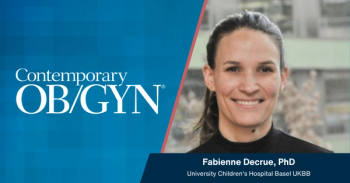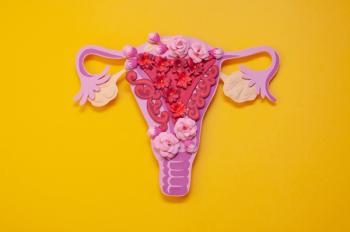
New skin prep protocol reduces postcesarean infection
A preoperative skin prep protocol that combines a 3-minute povidone iodine scrub with povidone iodine paint prevents postcesarean infectious complications such as endometritis and wound infections better than povidone iodine paint alone, a new study from the University of Pennsylvania reports. MORE
A preoperative skin prep protocol that combines a 3-minute povidone iodine scrub with povidone iodine paint prevents postcesarean infectious complications such as endometritis and wound infections better than povidone iodine paint alone, a new study from the University of Pennsylvania reports.
The retrospective cohort study compared a new skin prep protocol-a 3-minute povidone iodine scrub (13%) followed by povidone iodine (10%) paint (SCRUB + PAINT)-with a standard paint-alone protocol (PAINT) in 2,143 patients: 1,004 using the SCRUB + PAINT protocol and 1,139 using the PAINT protocol. Researchers examined monthly postcesarean infection rates before and after using the new protocol. SCRUB + PAINT reduced major puerperal infection by 38% and composite wound infection by 31% after controlling for confounders and fluctuations in the rates over time.
Compared with PAINT alone, SCRUB + PAINT decreased both major puerperal infection (3.4/100 cesarean deliveries vs 5.4 with PAINT) and composite wound infection (5.5/100 cesarean deliveries vs 7.8 with PAINT). Results were published in Obstetrics and Gynecology (2011;117[5]:1123-1129).
“As the nationwide cesarean delivery rate continues to rise, identifying methods through which postcesarean delivery infectious complication rates can be reduced is critical,” the authors write. “Given our findings, we recommend implementation of a preoperative skin-preparation technique involving a 3-minute povidone-iodine (13% solution scrub) followed by a povidone-iodine (10% solution) paint over preparation with povidone-iodine (10% solution) paint alone.”
Comparison of infection rates before and after using the new protocol found no evidence of a trend before SCRUB + PAINT was implemented that would explain the decrease in infectious complications after implementation.
The researchers acknowledge that the study included only infections diagnosed during the initial hospital admission or a readmission during the first 30 postoperative days and not infections diagnosed at an outpatient clinic, emergency room, or other hospital.
To read the other articles in this issue of Special Delivery,
Newsletter
Get the latest clinical updates, case studies, and expert commentary in obstetric and gynecologic care. Sign up now to stay informed.
















